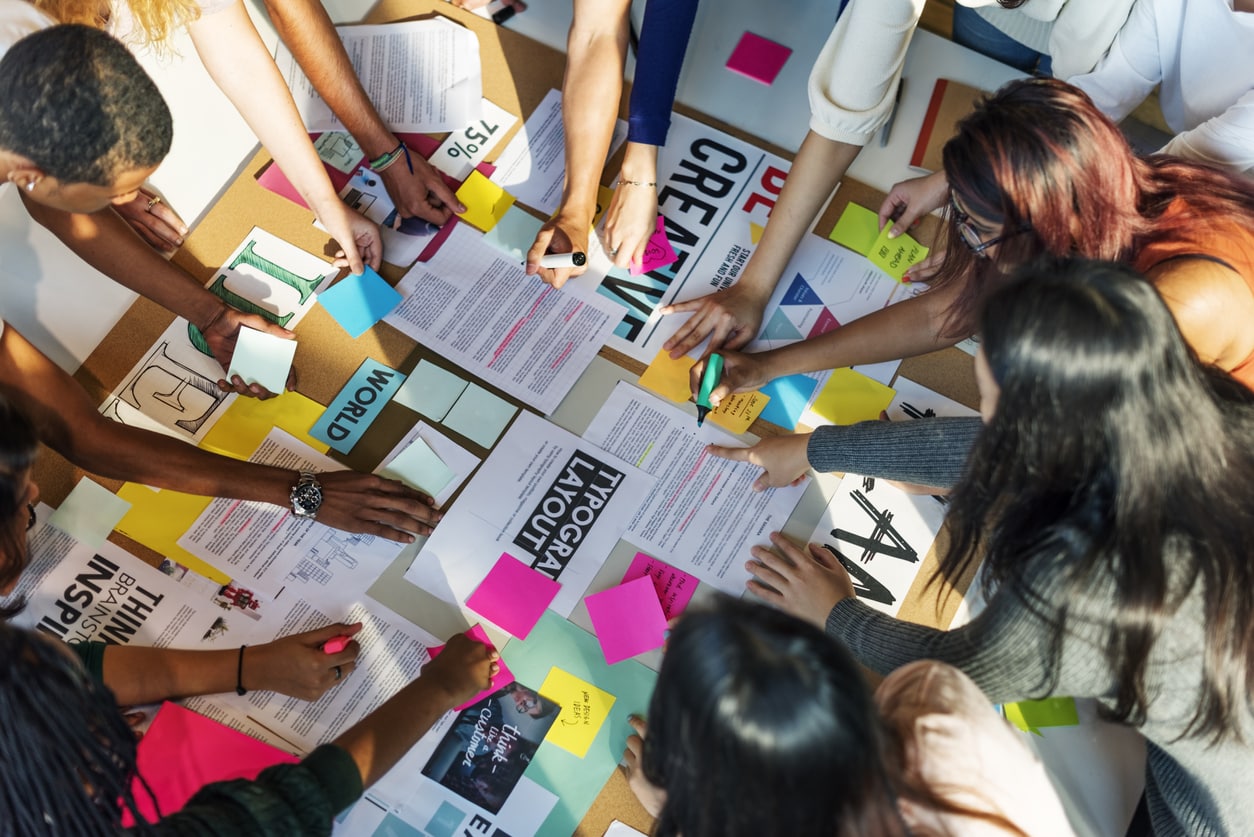Introduction
Are you thinking about refurbishing your washroom? What will be your first step? Maybe, looking at the catalog of latrine options or visiting the nearest sanitary store? But that is not the case with the underdeveloped countries in Africa or Asia. Some studies suggest that the low-income citizens of Africa and Asia want an intelligent flush in their home as they can not afford a sewer-connected ceramic toilet.
To solve this problem in Ghana and serve the needs of the low-income Ghanaians, Unilever and Water and Sanitation for the Urban Poor (WSUP) designed a comprehensive sanitation plan in collaboration with a Design Thinking consultancy. Together they came up with the concept of Clean Team, a sanitation system.
The primary focus of this project was on low-income districts of Kumasi (a city in Ghana), where many people have no household toilet and must use grossly unhygienic public facilities. Before launching Clean Team in 2012, Unilever and WSUP piloted the project with about 100 families in the city of Kumasi, Ghana.
Steps of Design Thinking Involved in the Process
Ideation
The team started the research process by spending time with the families in Kumasi and learning about their sanitization needs and aspirations. As per the Design Thinking team, the hardest yet fascinating part about the research was talking to people. Often it used to get unfeasible to ask questions directly.
So to break the ice, the team used creative ways to ask questions about neighbors, friends, etc. The team also relied on human-centered design thinking tools like inspiration cards and shadowing to gain insights. During the ideating phase of the process, it was also necessary to understand what the physical product might look like from a logistics and business perspective.
Prototype & Testing
Sometime later, the team returned to gather feedback, collect and clean the toilet and repeat it with a new family. The team understood users’ preferences regarding placement, maintenance, pricing, and branding through this process. The clear winner of this process among the prototypes was domestic urine-diverting cartridge toilet services (please see below for the image).:
Early Testing
After deciding which type of toilet design, Uniloo toilet ran an initial pilot trial with approximately 60 households who signed up for this service. The study showed that the low-income householders liked the Uniloo toilets and were willing and able to pay for the service, which was less expensive than the cost for a public washroom (meant for the family for five). The price of this service was around 16 cedis (10 US $) per month, including the bi-weekly emptying service. On the contrary, the cost of using a public toilet by a 5-person family was up to 45 cedis per month.
The financial data collected from this trial was used to plan business scale-up and the process for production-line manufacture. By the end of 2012, the Clean Team was taking care of 106 households and had begun the production of around 1000 new toilets. In 2013, the Clean Team aimed to service 1,000 houses and 10,000 by 2014.
Results of Embracing Design Thinking
The role of Design Thinking was not only applicable in the creation of the waste removal system, but its services were also extended to branding, payment model, a business plan, and key messaging. Through this campaign, the Clean Team installed over 600 toilets and impacted the lives of over 4,500 people in Kumasi.
You can also transform your business by enrolling in the Design Thinking Program.







